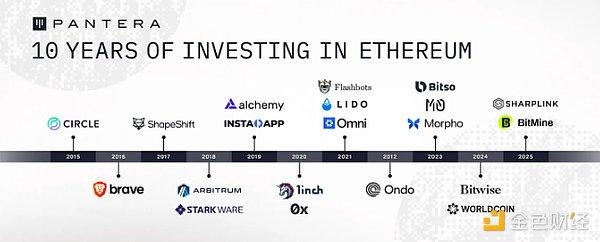In the past few weeks, this Block chain network with a market value of $82 billion has experienced a series of initiatives to expand its business beyond cryptocurrency speculators and popular tokens.
In May, the Solana Foundation reached a tokenization agreement with the global software group R3. R3 manages tokenized assets worth $10 billion for traditional financial giants such as Euroclear, HSBC, and Bank of America.
In the past two months, three listed companies have purchased SOL worth millions of dollars and incorporated it into their balance sheets, reflecting Michael Saylor's Bitcoin treasury strategy.
The development team behind Solana, Solana Labs, even opened a luxurious new headquarters called "Skyline" in downtown Manhattan. For an industry proud of remote work and anonymity, establishing a physical base seems to go against the spirit of DeFi, but for some developers, it is a breath of fresh air.
"Having an office building is a great move because everyone is there," said Jean Herelle, founder of CrunchDAO. "You go to New York for a week and can directly ask questions to Solana's technical team at that building."
He added that members of the Solana Foundation, the non-profit organization managing the network, will also work in the building. Moreover, this center sets the tone for the next step of development by showing that Solana Labs is not shy about borrowing strategies from traditional enterprises.
Solana has always been known for providing ultra-high-speed transaction services, with transaction costs only a small fraction of its competitor Ethereum's.
According to Solscan data, Solana processed over 4,000 transactions per second in the past 24 hours, with an average cost of only 0.5 cents.
"Using this technology for meme coins is too limited; the market is much larger," Herelle said. "I call it institutional-scale black hole. Trillions of dollars."
Trading Strategy
[The rest of the translation follows the same approach, maintaining the specified translation rules and preserving HTML tags]The Core Strength of DeFi
Despite experiencing a series of downtime events between 2020 and 2024, Solana has remained a key participant in critical DeFi developments.
Serum was one of the first decentralized exchanges launched on Solana in 2020, proving that on-chain exchanges could compete with centralized exchanges. However, after the collapse of FTX, the cryptocurrency asset exchange that controlled Serum's smart contract, Serum ultimately closed in 2022.
According to NFT analytics provider CryptoSlam, Non-Fungible Tokens flourished on Solana in 2023, even briefly surpassing Ethereum in total sales.
After the launch of Pump.fun in 2024, the Solana network established its position as the preferred blockchain for meme coins.
The project allowed anyone to create a meme coin with just a few clicks. Pump.fun also added a live streaming feature that creators could use to engage audiences across different social channels.
The feature was ultimately removed after a user posted a video of an apparent suicide attempt. A subsequent investigation by DL News revealed that the suicide attempt was fabricated.
Nevertheless, the project quickly gained popularity and became one of the most successful mechanisms for attracting users to the Solana ecosystem.
According to data collected by dune analytics, Pump.fun has generated over 11 million different meme coins since its inception, with cumulative total revenue exceeding $520 million and spawning over 18.8 million new Solana addresses.
Multiple Advantages
It is precisely because of these circumstances that Solana supporters began to turn towards large banks and fund management companies.
One afternoon in April this year, executives from VanEck, Fidelity, and Apollo walked into Solana's Skyline office on East Houston Street in New York.
Kyle Gannon, marketing manager at QuickNode, told DL News that this event, sponsored by QuickNode, aimed to introduce Solana's various advantages to financial institutions.
"This is a massive push," he said, "understanding the technological and economic landscape is crucial, especially when you're working in these large institutions."
Tokenized Credit
Some audience members had a deeper understanding of the content than others.
Christine Moy, digital assets director at Apollo, explained the company's cryptocurrency asset strategy to an attentive audience. She elaborated on how their tokenized credit fund could further play a role in the DeFi space, how cryptocurrency asset companies collaborate with Apollo, and the associated risks.
"Let's be frank," Moy said, "if what we build together ultimately collapses, that helps no one in the ecosystem." She also reminded the audience that Apollo would not give up easily.
Accompanied by Nick Ducoff, head of institutional business at the Solana Foundation, Moy stated she would go all out. "Nothing can stop us right now," she said, "if you're ready, I'm ready to make a big move. The door is wide open."








